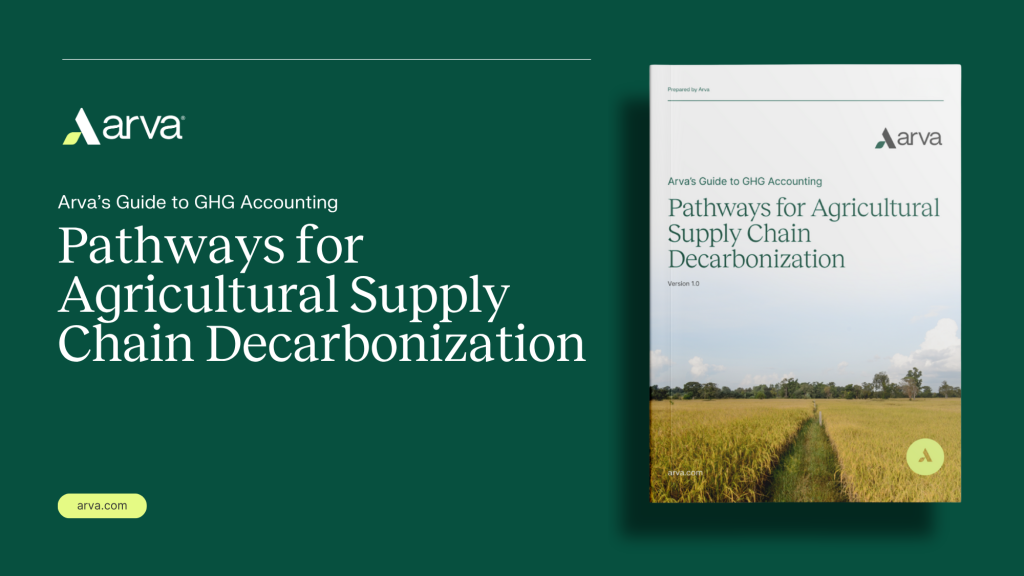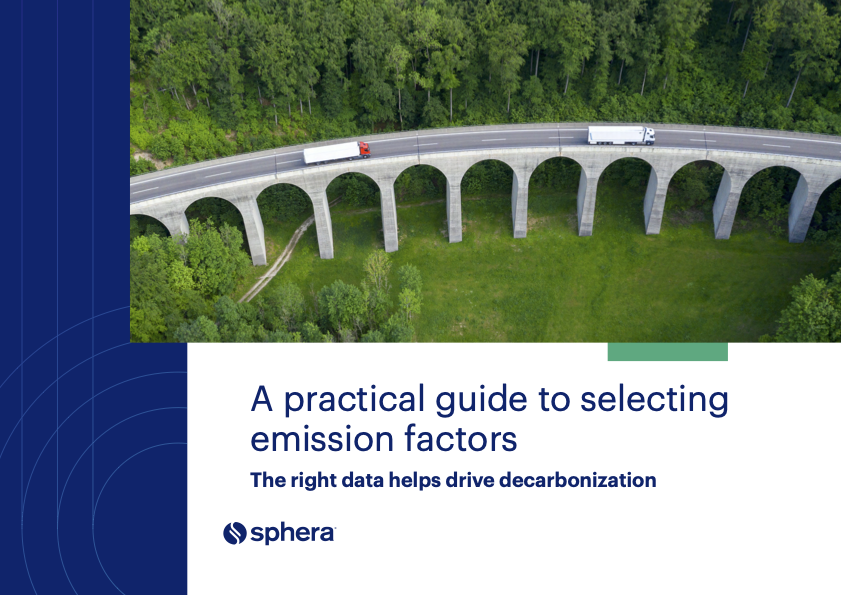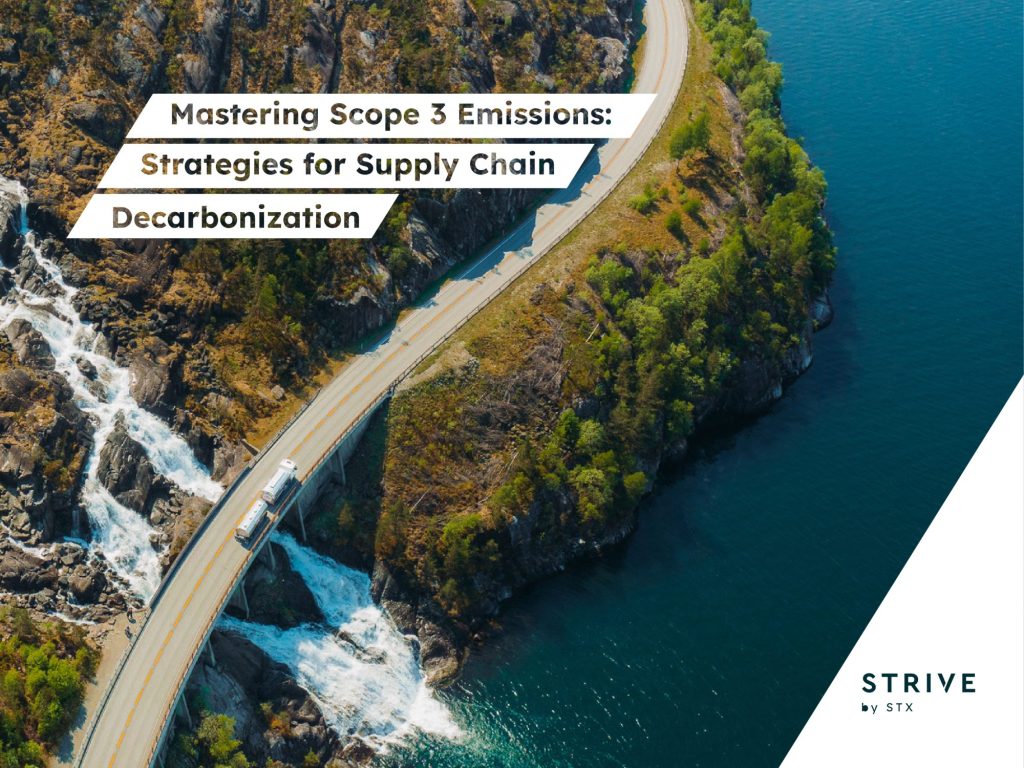Europe and France tighten textile rules: What to know
A new eco-score and textile waste law will transform how fashion is made, sold and recycled, piling pressure on brands to clean up their act. Read More

- Clothes sold in France will carry an eco-score showing their environmental impact, starting October 1.
- The EU just passed a law forcing fashion brands to pay for textile waste, with recovery systems due by 2028.
- These rules are pushing the fashion industry toward recycling, durability and circular design as it struggles to keep up with net zero goals.
Companies that do business in Europe face new regulations poised to dramatically reshape the fashion industry.
As of Oct. 1 — in the middle of Paris Fashion Week — many brands in France will have to publish an “eco-score” of their products’ contributions to the climate crisis.
Meanwhile, on Sept. 5, the European Union passed a directive requiring textile companies to bear the responsibility for what happens to their goods after use. It’s the biggest extended producer responsibility (EPR) law for fashion, following California’s similar Responsible Textile Recovery Act of 2024.
All of this adds increased pressure to the sustainability and supply chain teams of apparel and footwear businesses in Europe. For example, the 130 signatories to the UN Fashion Industry Charter for Climate Action agreed to halve their emissions by 2030. However, the sector has only achieved 8.6 percent of that goal, a short-term step toward net zero by 2050, according to the Apparel Impact Institute.
EPR in the EU
The European Parliament’s directive aims to slash the nearly 7 million metric tons of textile trash generated annually, most of it mixed into household waste.
It will require brands and retailers to pay third parties to handle the clothes, shoes, accessories, blankets and curtains they have sold. That will fund producer responsibility organizations (PRO) that collect, sort, reuse or recycle the materials on the ground.
With this law in place, producers will essentially be paying for merchandise to flow through takeback collection infrastructure that the EU began requiring in January under its 2018 Waste Framework Directive.
Fees are supposed to be higher for products that are harder to reuse or recycle, and lower for circular items that include durability, repairability, recyclability and safer materials.
This leaves businesses that sell or ship fashion to Europe with a new checklist: audit product portfolios, engage PROs, design for circularity, prepare compliance systems and budget accordingly.
However, the new rules don’t go into effect immediately. Member nations have 30 months to adapt the directive to meet their individual concerns and requirements. This could take years, leaving businesses with runway to plan.
By March 2028, however, they are supposed to have the EPR pieces in place and begin reporting on the volumes of goods collected.
Smaller businesses selling less than $890,220 per year have an additional 12-month grace period.
As with all regulatory sausage making, particularly in Europe, the directive leaves many details TBD. Unknowns include the extent of fees and fines for failing to comply,
The H&M Foundation has publicly endorsed EPR regulation, and other brands have exercised their support through involvement in collective groups advancing sustainability in the industry, including Global Fashion Agenda and Fashion for Good.
Backers hope the results will include accelerated investments in recycling, design for durability and secondhand markets. The EPR law is necessary for a circular economy for textiles, according to Senior Policy Officer for Fashion Valérie Boiten at the Ellen MacArthur Foundation. “To address the root causes of our wasteful existing system, we also need meaningful transformation in terms of circular product design and business models to ensure textiles aren’t discarded in the first place.”
However, the European Branded Clothing Alliance (EBCA) and Amfori trade association have argued against the rules, warning of the high costs of compliance and needless complexity.
What could EPR look like in practice in each country? France and Netherlands, which already have EPR laws in place, offer clues.
France, which introduced its version in 2007 and updated it in 2020 for clothes, shoes and household linens, bans destroying unsold goods and requires labeling around recycled content and the potential presence of microplastics.
Producers and distributors pay fees that help sorters and recyclers, but complaints about inadequate support forced France earlier this year to provide $58 million in aid.
One PRO, Refashion, helped collect 268,161 metric tons of some 833,000 tons sold on the market in 2023. That’s a 32 percent collection rate, which the law demands to reach 60 percent by 2028.

Eco-cost rule in France
As part of the 2021 Climate and Resilience Law requiring environmental labeling, France on Sept. 4 shared the final text for its eco-score rule.
It applies to any company manufacturing, distributing or importing clothes in and into the nation. Companies must consider a life cycle assessment that takes into account 16 environmental factors. These include the contributions to climate change as well as the acidification and eutrophication of the oceans, freshwater pollution and the use of fossil fuels.
The result is a weighted score for the coût environnemental, or environmental cost for apparel with at least 80 percent textile materials. Shoes, leather accessories, personal protective equipment and used goods are exempt.
The French government uses a calculator called Ecobalyse to estimate the impacts of products. Third parties such as Carbonfact offer benchmarking tools as well.
For the next year, it’s voluntary for brands to calculate and publish the scores. However, they’re forced to do so if they already publish their carbon footprints or other environmental metrics.
Full enforcement follows in October 2026. At that time, a third party may impose its own eco-score upon the products of brands that fail to comply. Businesses that don’t cooperate face fines of 5 percent of annual revenue or could be forced to pause their sales.
Meanwhile, France has been cracking down on hyper-fast fashion under the same Climate and Resilience Law. On June 10, the nation voted to essentially ban direct-to-consumer companies with practices like Shein’s and Temu’s from advertising if they encourage overconsumption. Designing for disposability is a no-no, and violators face fines or sanctions.
Circularity and durability should be built into every stage of the fashion system as the baseline, according to Fashion for Good’s Managing Director Katrin Ley. “That means products designed to last and be reused, infrastructure that makes repair and recycling accessible, and consumers who can rely on clear, credible information rather than marketing claims.”

Subscribe to Trellis Briefing
Featured Reports

The Premier Event for Sustainable Business Leaders
















